A former industrial powerhouse, Glasgow may not have the picture postcard charm of Edinburgh, its debonair neighbor to the east.
But what the biggest city in Scotland may lack in storybook castles and manicured vistas, it more than makes up for with its gallus attitude, style and atmosphere.
Scratch the surface and Glasgow is at the forefront of Britain’s arts and cultural scene, home to renowned museums and architecture (old and new) as well as being one of only 31 UNESCO Cities of Music worldwide.
The bars and nightlife are a notoriously good time too, while its reputation as one of Europe’s most sporting-mad cities precedes it.
Yet with tourism figures showing that roughly one million more people visited Edinburgh than did Glasgow in 2016, these are evidently charms many traveling to Scotland are missing out on.
We asked some in-the-know Glaswegians to highlight what those spending their travel time in the Scottish capital are missing out on.
Naturally, most were happy to concur with the city’s famous 1990s slogan: “Glasgow’s miles better!”
History
History is everywhere in Edinburgh, from the narrow wynds of the Old Town to the Palace of Holyroodhouse – the Queen’s official residence when she visits the city.
In Glasgow, visitors might have to look a little harder for their historical fix. But not too hard. More than 1,800 buildings in the city are listed for their historical importance.
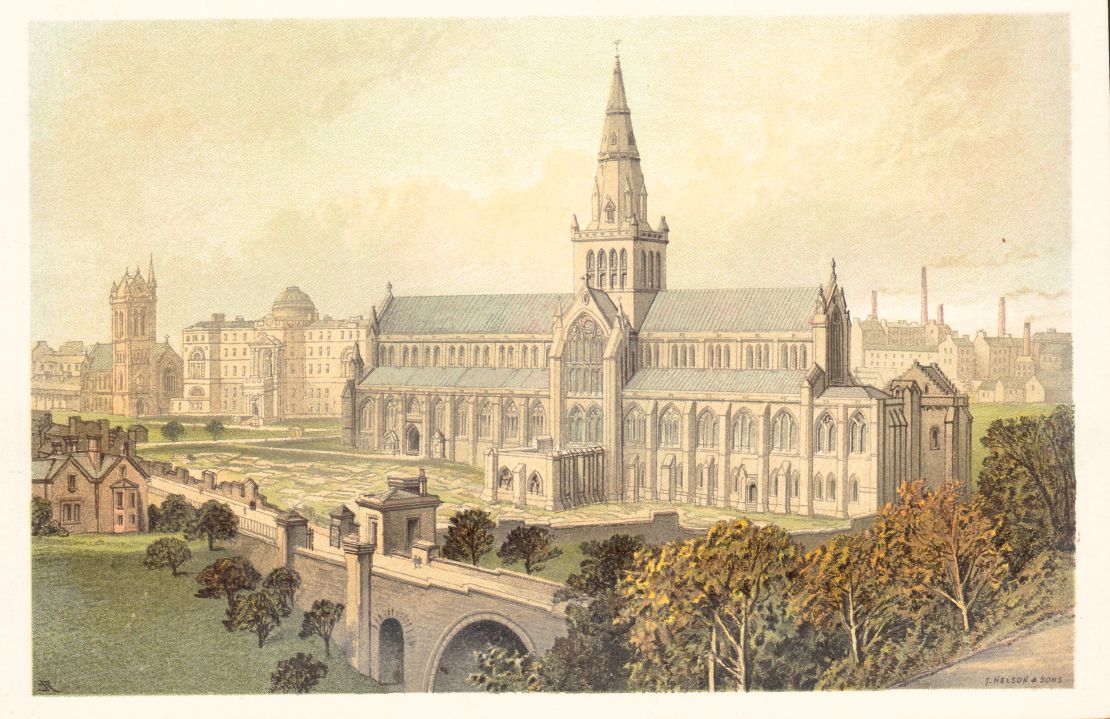
“Glasgow has lots of history that people wouldn’t necessarily realize,” says Bruce Cochrane of the Scottish Tourist Guides Association (STGA).
The oldest house in Glasgow dates to 1471 and is a stalwart of the city’s numerous historical tours while the impressive Glasgow Cathedral, built between the 13th and 15th centuries, offers a fascinating insight into the city’s medieval past.
Elsewhere, Cochrane highlights the Govan Stones, a collection of viking-age monuments from the 9th to 11th widely regarded as among the best surviving medieval sculptures in the UK.
Just outside the Glasgow the Antonine Wall once marked the most northerly point of the Roman Empire and was recognized as a UNESCO World Heritage site in 2008. An unassuming church in the former slum area of The Gorbals, meanwhile, claims to contain the bones of St. Valentine.
Handily, few of these locations are saturated with tourists in the way that Edinburgh’s most popular sites are.
Music
Franz Ferdinand, Simple Minds, Mogwai, Primal Scream, Belle and Sebastian, Arab Strap, Chvrches, Teenage Fanclub, The Delgados, The Jesus and the Mary Chain – Glasgow has been an incubator for countless bands who would go on to make the big-time over the years.
The famous Barrowland Ballroom continues to play host to the best in the business while smaller venues such as King Tut’s Wah Wah Hut – where Oasis were famously discovered by Creation Records boss Alan McGee – Nice N Sleazy, Stereo and SWG3 promote the very best exciting new acts.
“There’s a strong alternative scene in the city,” says Fiona Shepherd, a music journalist based in the city and co-founder of Glasgow Music City Tours.
The fact that it’s difficult to pinpoint exactly what makes the Glasgow sound is a testament to its eclectic nature, she adds.

This sonic diversity is emphasized by the likes of the Glasgow Jazz Festival, held every summer, and the world renowned Celtic Connections which takes place each January.
Scottish folk acts are given center stage at Celtic Connections but the festival also looks out towards international and world music genres. Major performers to make the journey over the years include Joan Baez, Bob Geldof, Sinead O’Connor and Shane McGowan.
Edinburgh might be home to exciting young bands like Young Fathers and old hats such as Idlewild, but Glasgow dances to its own tune.
Architecture old and new
The shipyards on the River Clyde once employed thousands of skilled artisans and gave birth to legendary British ships like the HMS Hood and the QE2. They also helped shape much loved personalities like former Manchester United manager Alex Ferguson and comedian Billy Connolly.
These days, just a fraction of the old industry remains. But the banks of the Clyde are far from barren with a host of sparkling new structures rising in recent years.
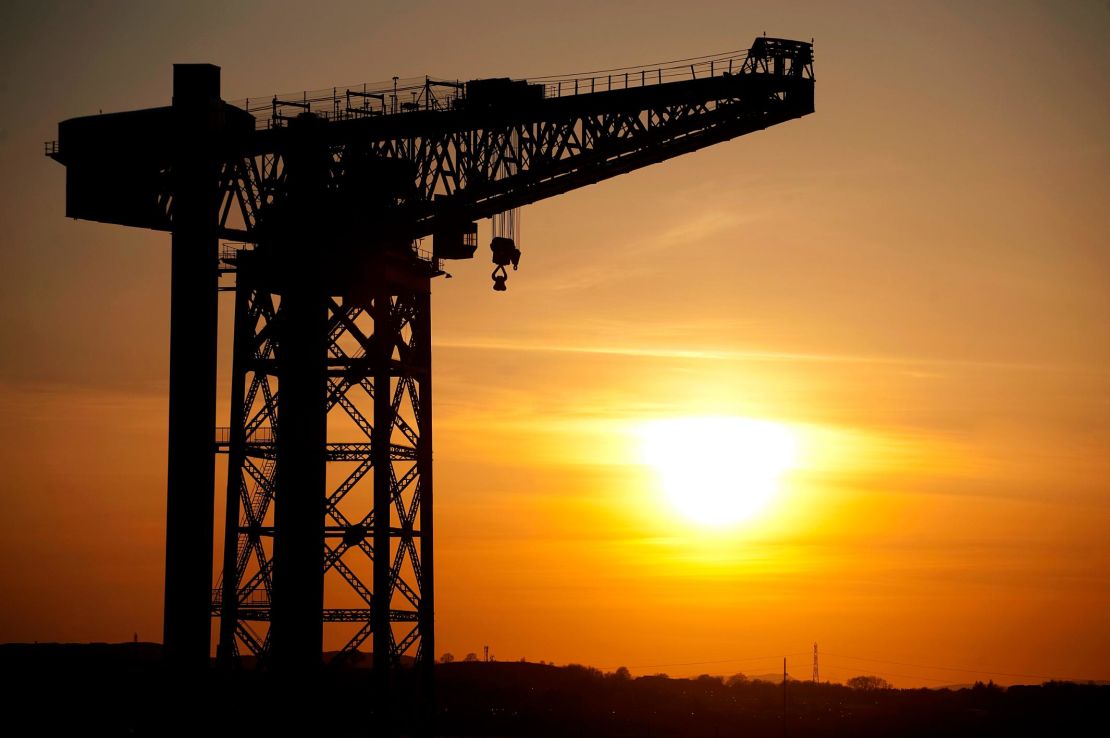
The impressive Zaha Hadid designed Riverside Museum of Transport was named European Museum of the Year in 2013. A short walk away, the Science Centre and Clyde Auditorium (creatively nicknamed “The Armadillo” due to its likeness to the shelled South American mammal) add to the futuristic waterside theme.
The uber-cool Hydro, meanwhile, is the handiwork of Foster + Partners and opened in 2013. In 2016, there were only seven arena venues anywhere in the world that saw greater footfall.
Admittedly, Edinburgh has a plethora of grandiose old buildings that are pleasing on the eye. There can be few more iconic sites in the world than Edinburgh castle, after all.
But Glasgow has its own historical architectural gems it can be proud of as well. The work of the renowned 20th century architect, artist and designer, Charles Rennie Mackintosh, can be found across the city.
Tragically, The Glasgow School of Art, a Mackintosh masterpiece, was gutted by fire in 2013 and then again during its restoration earlier this year. Still, plenty of the great man’s work remains in Glasgow, including the picturesque House for an Art Lover on the city’s south side and the magnificent Scotland Street School closer to the city center.

Taking a dram
Scotland is famous for whisky and Glasgow and Edinburgh have much to offer those looking for a dram.
Edinburgh houses The Scotch Whisky Experience on the tourist-heavy Royal Mile as well as a selection of specialist bars across the city.
Naturally, Glasgow pays its own tribute to Scotland’s national drink. Two of the country’s biggest whisky festivals, The National Whisky Festival (January) and The Glasgow Whisky Festival (November), grace the city every year.
A smattering of old-school whisky establishments, meanwhile, put tastings and events year round.
The city center Pot Still bar offers a selection of over 700 whiskies and was voted Scottish Whisky Bar of The Year in 2017. Similarly, the Ben Nevis bar in the West End and the nearby Bon Accord house a wide selection from around the world.
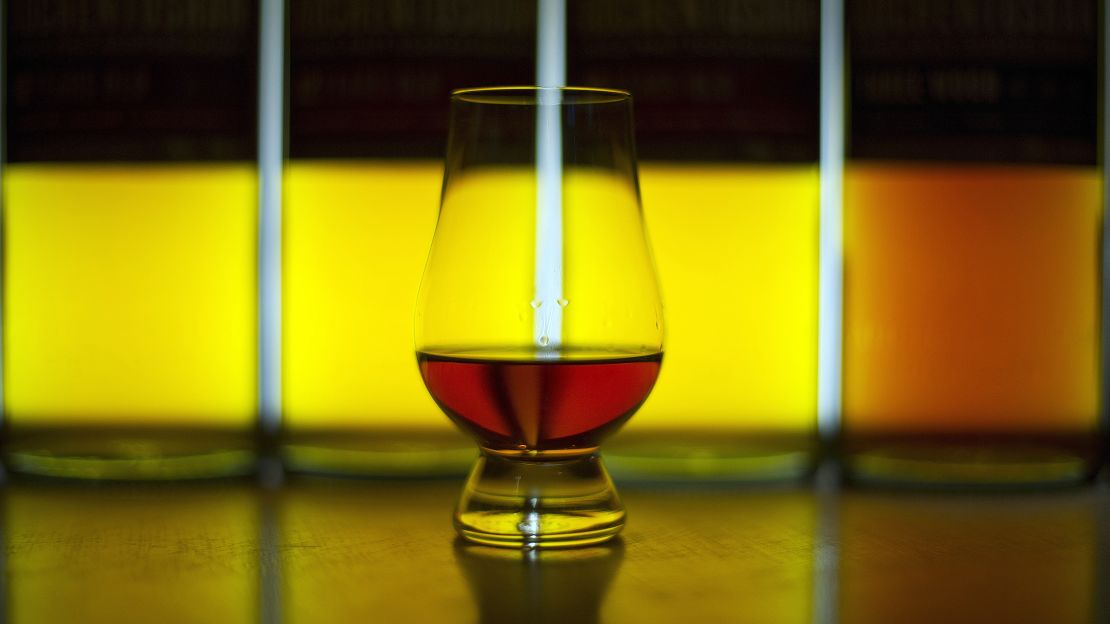
Geraldine Murphy of the Pot Still bar describes there being “more whisky related things to do and see than ever” these days.
The Clydeside Distillery opened late last year and began producing the first spirit in the area in over a century. The long-established Glengoyne and Auchentoshan distilleries, meanwhile, can be reached by car, bus or train from the city center in just over half an hour.
Museums
The Kelvingrove Art Gallery in Glasgow’s West End has been a mainstay on the city’s cultural scene since 1901 – and for good reason.
Over the years it has added prominent works by the likes of Dali, Rembrandt, Van Gogh, Monet, Turner. It also features large sections on natural history and archeology.
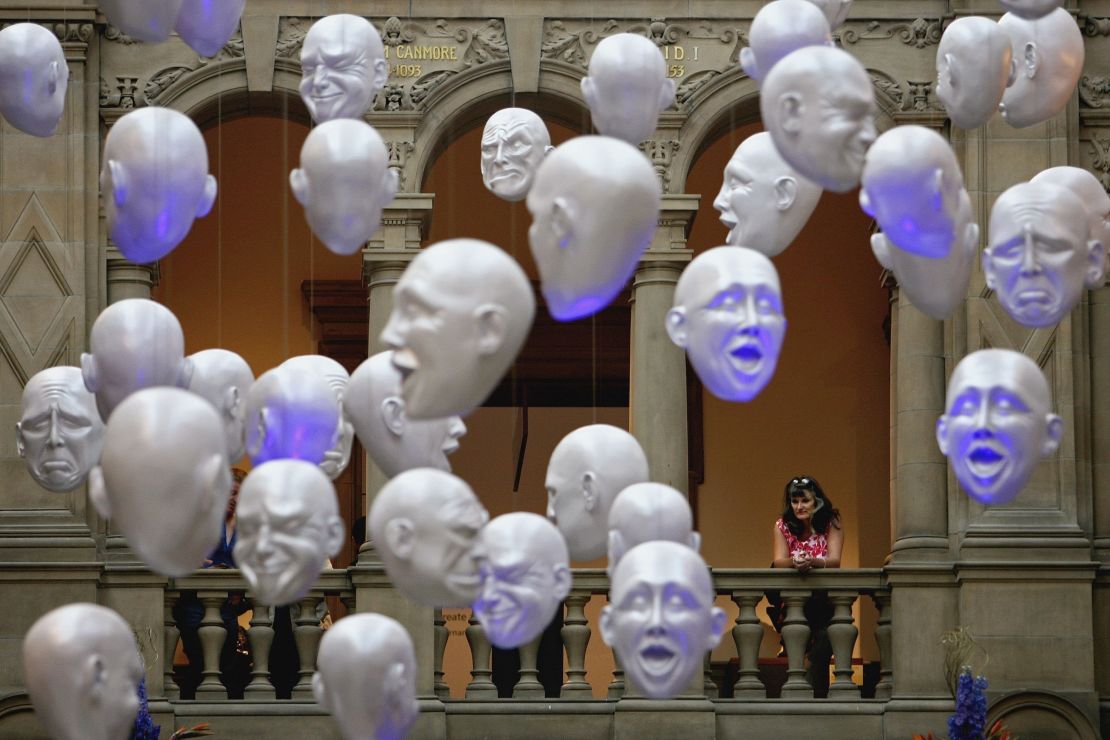
In the city center, the Gallery of Modern Art is as much a draw for its collection as it is for the famous statue of the Duke of Wellington that graces its entrance. Over the years mischievous locals have taken to decorating the duke with a traffic cone. When the council considered raising the plinth that hosts the statue in 2013 to end that practice, more than 10,000 people signed a petition against the move saying the cone had become part of the city’s landscape. The council relented.
Edinburgh’s main museum draws, the Scottish National Gallery and National Museum of Scotland, are a stick in the mud by comparison.
Elsewhere in Glasgow, the Burrell Collection, Hunterian Museum, Tramway, Centre for Contemporary Arts and Riverside Museum feature a wide variety of fascinating local and international art.
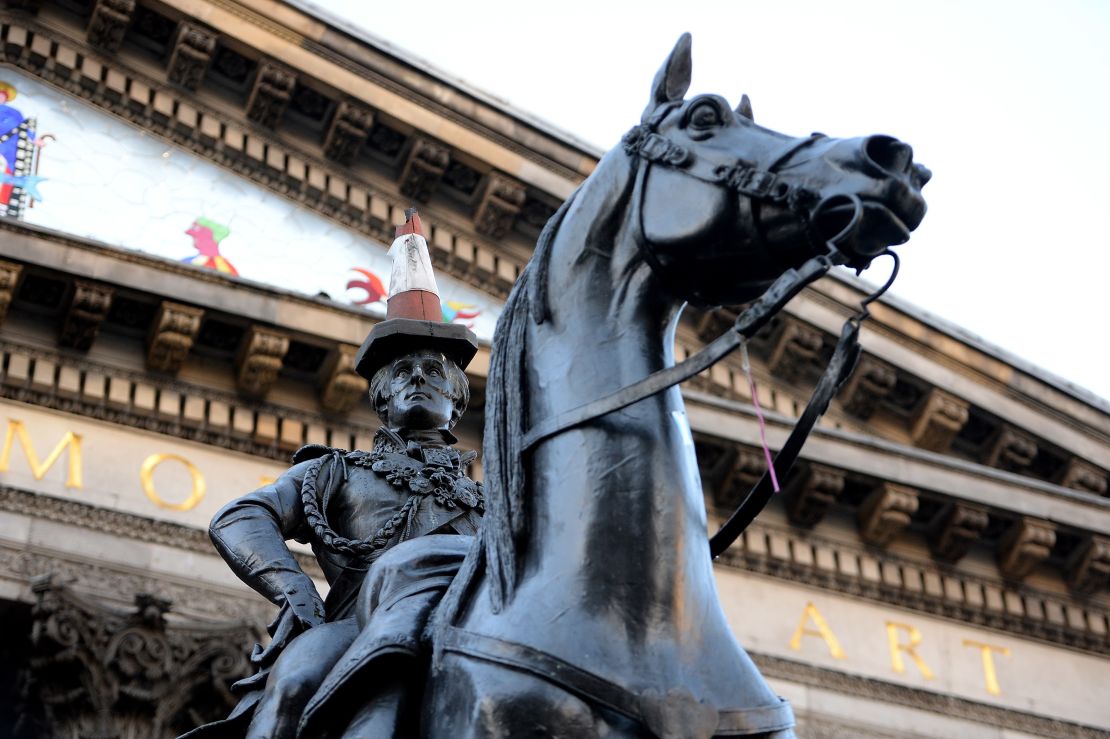
Sporting capital
While Edinburgh may be the home of Scottish rugby, Glasgow is a football city to its core and home to famous rivals Celtic and Rangers.
Those tracing the genesis of the world’s most popular sport can visit West of Scotland Cricket Club in the city’s Partick district. It was here that the first ever official international match was staged in 1872 when Scotland and England played out a 0-0 draw.
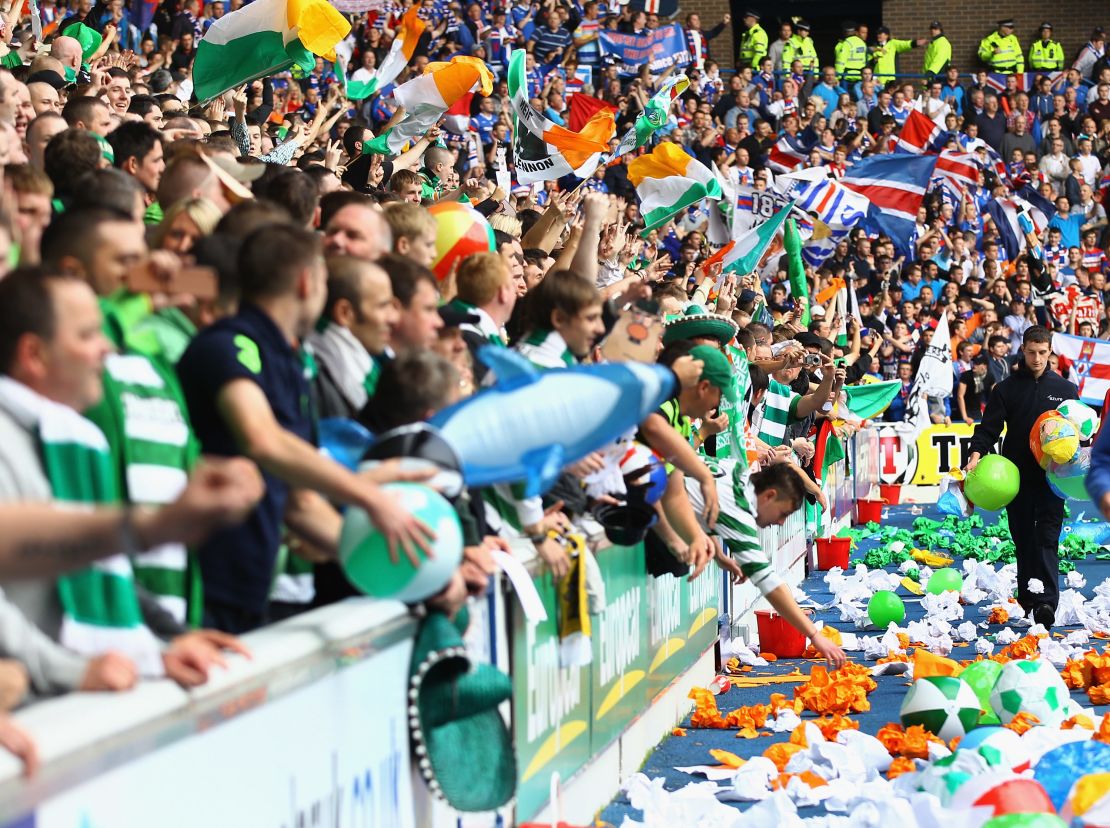
A short trip down the West coast, meanwhile, brings British Open rota golf courses such as Royal Troon and Turnberry into play – the latter of which is now owned by US President Donald Trump. Prestwick, where the first ever Open Championship was held in 1860, is also a 30 minute train journey from Glasgow Central station and a bucket list destination for many golfers.
Back in Glasgow, the 2015 Commonwealth Games left a wealth of top quality facilities that now regularly host world class events. Once downtrodden areas such as Tollcross in the city’s south side and Parkhead in the east end now house an Olympic class swimming pool and velodrome respectively.
Both these venues featured in the 2018 European Championships, a major new multi-sport event that Glasgow co-hosted with Berlin.
‘Up the toon’
Edinburgh puts on a spectacular show every August as it hosts the Edinburgh International Festival, attracting hundreds of thousands of visitors from around the world.
But Glaswegians will tell you there’s an authentic party buzz about their city year round. The city center, Merchant City and West End areas are chock full of bars, restaurants clubs and live entertainment every night of the week.
While Glasgow greatly misses the world renowned Arches venue – which regularly hosted the world’s best DJs before it was shuttered in 2015 – the equally famous Sub Club is still going strong. New contenders on the dance and electro music scene include La Cheetah while SWG3 has become one of the city’s key creative hubs in the absence of the Arches.
A rockier, punkier and grungier experience can be found at venues such as The Cathouse. Mono and the Glad Cafe, meanwhile, provide a stage for new and interesting indie, electronic and world music acts. Both pride themselves on a wide beer selection as well.
According to Mike Grieve, managing director of the Sub Club, those who go to Edinburgh to party will have a good time but become “bored” far sooner than they would in Glasgow.
Outside of London “there’s nowhere else in the UK that has as many club activities, resident DJs, club nights and guest DJs,” Grieve added. Glasgow “is really on the clubbing map.”
‘Dear Green Place’
One thing Scotland has plenty of is spectacular nature and scenery.
Those looking for easy access to the great outdoors can head to Milngavie on the outskirts of Glasgow where the legendary West Highland Way begins. The hiking route stretches 96-miles to the highland town of Fort William along old traditional roads and quiet country paths.
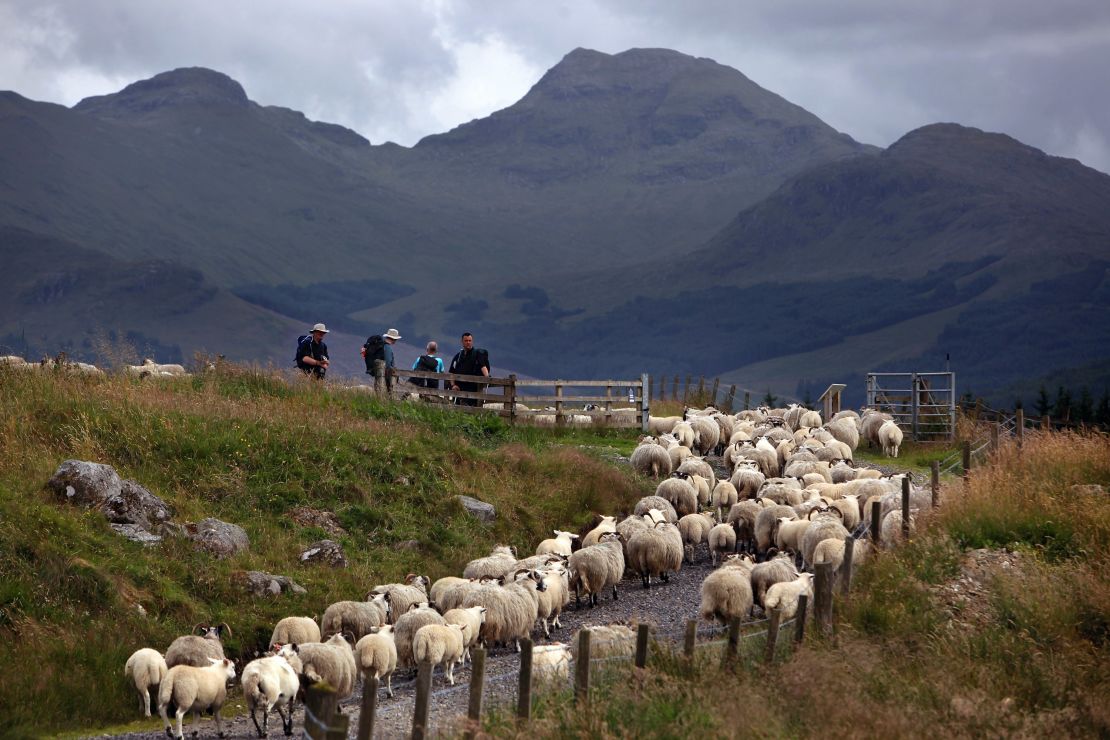
The spectacular Loch Lomond and The Trossachs National Park is also just a 30-minute drive from the center of Glasgow. Contrary to popular belief, Scotland does have sunny weather from time to time, and when it does there are few more beautiful places in the country than Loch Lomond.
Glasgow itself also has some stunning parks, including the Botanic Gardens, Kelvingrove Park and Glasgow Green, each with its own distinct charms and at least a match for any green space in Edinburgh (with the possible exception of Arthur’s Seat. Fair play, Edinburgh).
According to Cochrane of the STGA, “just how green Glasgow is surprises many visitors” he takes around the city.
It’s not for nothing that it’s known as the “Dear Green Place” after all.












